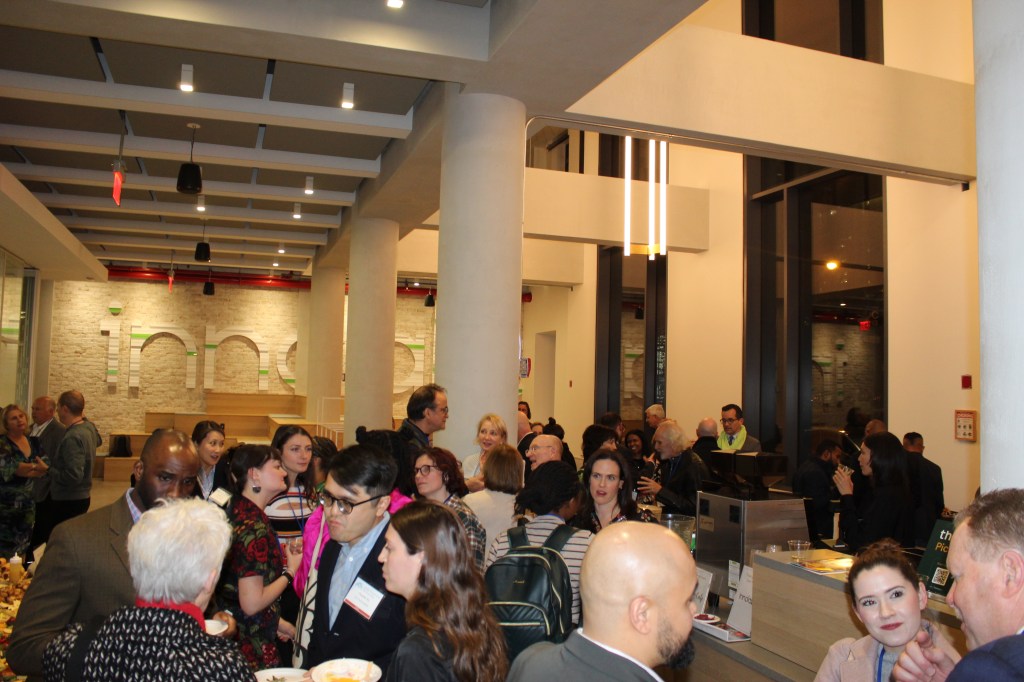By The Greater Astoria Historical Society
The New York & Queens County Railroad Co., which operated trolleys in Queens, was in receivership and faced a shutdown of its operations. On June 4, 1924, a judge denied a motion by the receiver for the company to discontinue operations and rip up the tracks.
On June 16, Justice Joseph Aspinwall ordered the receiver to appear before the Transit Commission and ask for relief in the form of a fare increase. The Transit Commission auditor recommended an increase from 5 cents to 9 1/2 cents, but the commission approved only a 6-cent fare. By June 30, the N.Y. & Q was charging the 6-cent fare, which patrons did not seem to mind. The line was saved.
l
Even though the N.Y. & Q. was saved, it was not a good month for trolleys in Queens. In Elmhurst, a trolley derailed and struck a tree. In Astoria, passengers on 2nd Avenue and Broadway trolleys were shaken when the two cars collided, knocking one from the tracks. In College Point, a trolley struck a car. The car owner, who was infuriated because his wife had been injured, attempted to assault the motorman with a knife, but was disarmed by passengers and arrested.
On June 25, Long Island City and Corona trolleys were struck by lightning at the height of one of the worst gales and rainstorms in years. Thirteen, including the motorman, who was severely burned, were injured in the Long Island City incident. The vestibule of the car crumpled into a heap in the street, but everyone was rescued. The Corona car was carrying a number of girls employed in factories in College Point when the pole was struck by lightning. The girls screamed and dashed this way and that in blind flight as the bolt shot down into the car.
Several men began shattering windows in an effort to escape from the car. One man disconnected the trolley from the overhead power wire, which threw the interior of the car into darkness. Cries of alarm and calls for help were redoubled, but in the rush for the street four were injured. The car itself was undamaged and was put into service again.
l
June 1924 was not a good month for safe driving in Queens, either. There were multiple auto accidents virtually every day. On June 23, the Star-Journal reported that 10 people had been injured in accidents over the weekend. In Auburndale, a car overturned, injuring three people; four were hurt when two automobiles crashed in Forest Hills; a girl was struck while trying to cross the Bridge Plaza in Long Island City; a Flushing girl was struck by the sidecar of a motorcycle in Bayside; a Long Island City girl was struck by an auto in Flushing; and there were numerous collisions between automobiles.
l
The Star-Journal described a typical boxing match at the Queensboro Arena, near Bridge Plaza:
“There was little rest for residents who wanted to sleep before 10:30 PM because of the noise of cheering and the continual rattle of automobiles. Boys climbed the “L” structure, and shouted their annoyance if anyone within the arena stood up and obstructed their view. Others boarded trains at the Beebe avenue station and rode back and forth between that station and the Bridge Plaza station, getting fleeting glimpses of the fight action as the train passed the arena. During the afternoon and early evening, street sandwich vendors reaped a harvest. Boys ran hither and thither, accosting every auto that drew up, to offer parking space at fifty cents and a dollar.”
No summonses were issued for illegal parking, but a number of cars remained unclaimed the next morning.
For more information, call 718-278-0700 or visit astorialic.org.

































